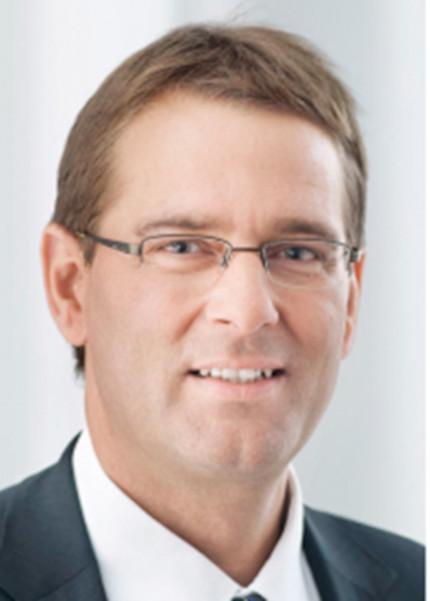
Jean-Marc Lenz, CEO of SR Technics, discusses the Swiss maintenance provider's long-term plans for the CFM Leap-1B program after signing a licensing agreement and how it is dealing with challenges in the MRO supply chain.
SR Technics has just announced Leap-1B capability. Will this be a full-service offering?
Absolutely. Earlier this year we announced the signing of an agreement for maintenance related to Pratt & Whitney’s GTF engine and now we have an agreement in place for CFM’s Leap, starting with the -1B variant. This program will be built up gradually over the long-term. First, we will start with lines for hospital shop and quick turn maintenance. We will then grow the business for this program and add more capacity over the next couple of years. Eventually, this will mean a full overhaul and performance restoration of the Leap-1B. Over time, this will be followed up by the Leap-1A also. In the near future, there won’t be a lot of demand for overhauls related to these engines as they are young programs. The industrialization phase of all the repairs connected to the engine overhaul has not yet really started. As such, for the new engine generation, that is something that will be developed over the next three to five years.
After introducing another new engine line, will you look to further add to the SR Technics workforce? How are you ramping up for these programs?
First of all, we are in a lucky position when it comes to the issue of our workforce. During the pandemic, we were able to keep all of our workforce as we were able to implement short-term working programs in Switzerland, which was done so in order to keep the employee skills in-house. Now, as the market rebounds, this is obviously translating through an increase for shop visit activity. For the future, we have already started hiring more people to work on these new engine programs. We anticipate our workforce will grow by a few hundred people in the next three to four years. Most of these new additions will be shop-floor employees but we will also recruit across all engineering and support activities required for the operation.
How are you seeing the engine MRO market recovery playing out? Has the engine aftermarket remained sluggish in 2022 or is it more buoyant compared to the past two years?
It was certainly slow during the past two previous years of 2020 and 2021. Of course, much of this delay was due to certain regions of the world not resuming flying and this impacting on passenger traffic. However, this year, the recovery is a lot more visible. Engine shop visit demand is growing again and that’s certainly a very good sign for the market. Having said that, we are still very conscious that there are supply chain issues that we need to fix next to the capacity issues we have also identified. Looking ahead to 2023, this could be the year where we see a return to the pre-COVID levels of 2019. This is because there will be shop visit activity growth on the legacy engines we service such as the CFM56-5B, -7B and PW4000. For the time being, these legacy engines are our bread and butter. At least for the next 10 years, they will be part of our capabilities.
Extended turnaround times related to maintenance work is an ongoing issue for the industry. What are your experiences of this?
We used the pandemic to reorganize our shop in Zurich, mainly by using lean activities such as Six Sigma. We introduced a so-called operations control room, where all activities were based on operational calendars. This included every engine maintenance task and every part related to an engine. By implementing this strategy, we’ve seen it produce a very competitive turnaround time. The proof of this is by delivering an engine on time and according to the customer's requirement. Of course, there will always be some engines that will experience supply chain issues and are not meeting all of the turnaround times but overall, we’ve remained very competitive in this.
Are you seeing any impacts from inflation increases in the areas of materials and parts costs?
Fortunately, Switzerland is less impacted by this in comparison to many other European countries. We have an inflation rate which is around 3.5%, which is very low compared to other countries that are seeing inflation reach around the 10% mark. The Swiss franc also remains a strong currency which is also beneficial. Nevertheless, any material cost increases and price escalation, especially on the OEM side, is something that we will have to manage carefully.





